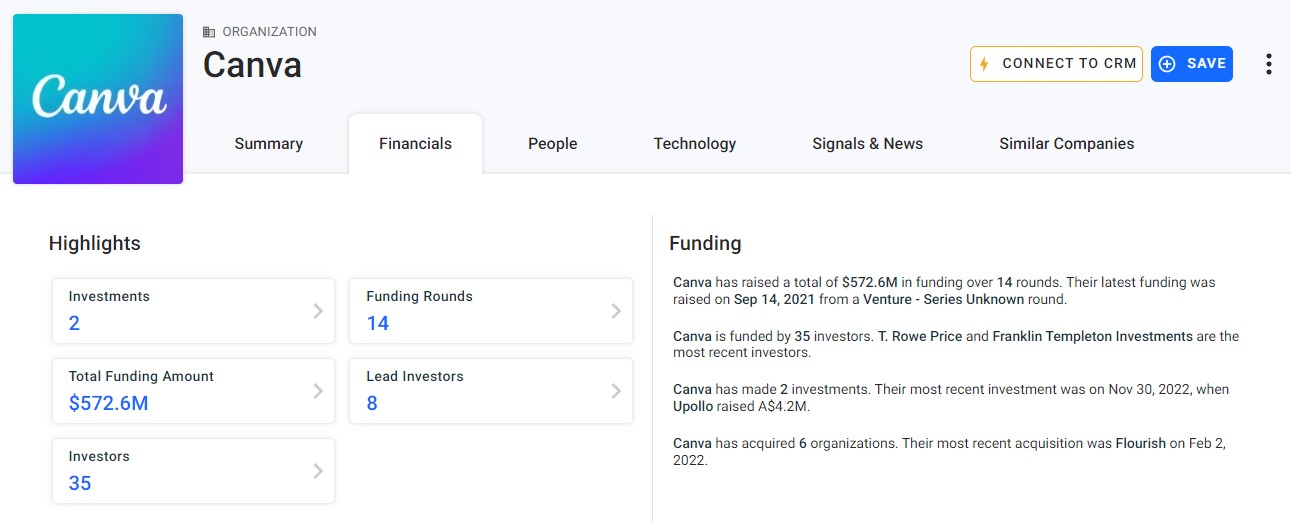How Did Canva Raise Money?

What is Canva used For?
Canva, an online graphic design tool, is a creative platform that allows users to easily create a wide range of visual content such as social media posts, presentations, posters, and more.
With its user-friendly interface and extensive library of templates, graphics, and fonts, Canva has become a go-to tool for individuals, businesses, and organizations looking to create professional-looking designs without the need for advanced design skills or expensive software.
When was it launched?
Canva was launched in 2013 by Melanie Perkins, Cliff Obrecht, and Cameron Adams. The idea for Canva came about when Perkins, who was teaching design at a university in Australia, realized that many of her students found existing design tools complicated and difficult to use.
This led her to envision a simpler and more accessible design tool that could democratize design and make it accessible to everyone, regardless of their design experience or expertise.
How Did Canva Raise Money?
Canva has successfully raised several rounds of funding to support its growth and development. Let's take a look at how Canva raised money to become the global design powerhouse it is today.

Seed Funding: Canva's journey began with a seed funding round in 2013, where the company raised $3 million from investors including Matrix Partners, InterWest Partners, and 500 Startups. This initial funding helped Canva launch its platform and establish a foothold in the competitive design industry.
Series A Funding: In 2014, Canva raised $6 million in a Series A funding round led by existing investors, including Matrix Partners and Shasta Ventures, as well as new investor Vayner Capital. The additional funding allowed Canva to further expand its team, enhance its product offerings, and grow its user base.
Series B Funding: In 2015, Canva secured $15 million in a Series B funding round led by Felicis Ventures, with participation from existing investors. This funding round helped Canva accelerate its growth, expand its product offerings, and establish partnerships with major companies like Dropbox and Mailchimp.
Series C Funding: Canva's impressive growth continued, and in 2016, the company raised $40 million in a Series C funding round led by Sequoia Capital and valued the company at $1 billion, making it a unicorn startup. The additional funding allowed Canva to expand its team, launch new features, and continue its global expansion.
Series D Funding: In 2018, Canva raised $40 million in a Series D funding round led by Blackbird Ventures, with participation from existing investors. This funding round helped Canva further scale its operations, invest in research and development, and expand its enterprise offerings.
Additional Funding Rounds: Canva has continued to raise additional funding rounds, including a $70 million Series E funding round in 2019, a $60 million Series F funding round in 2020, and a $200 million Series F funding round in 2021, valuing the company at $40 billion.
Conclusion
In conclusion, Canva's success can be attributed in part to its ability to raise significant funding from various investors. The company has secured funding through multiple rounds, allowing it to grow its team, enhance its product offerings, and expand its global footprint.
Canva's journey from a seed-funded startup to a billion-dollar unicorn illustrates the power of a compelling idea, a strong vision, and the ability to secure funding to support growth and development.
